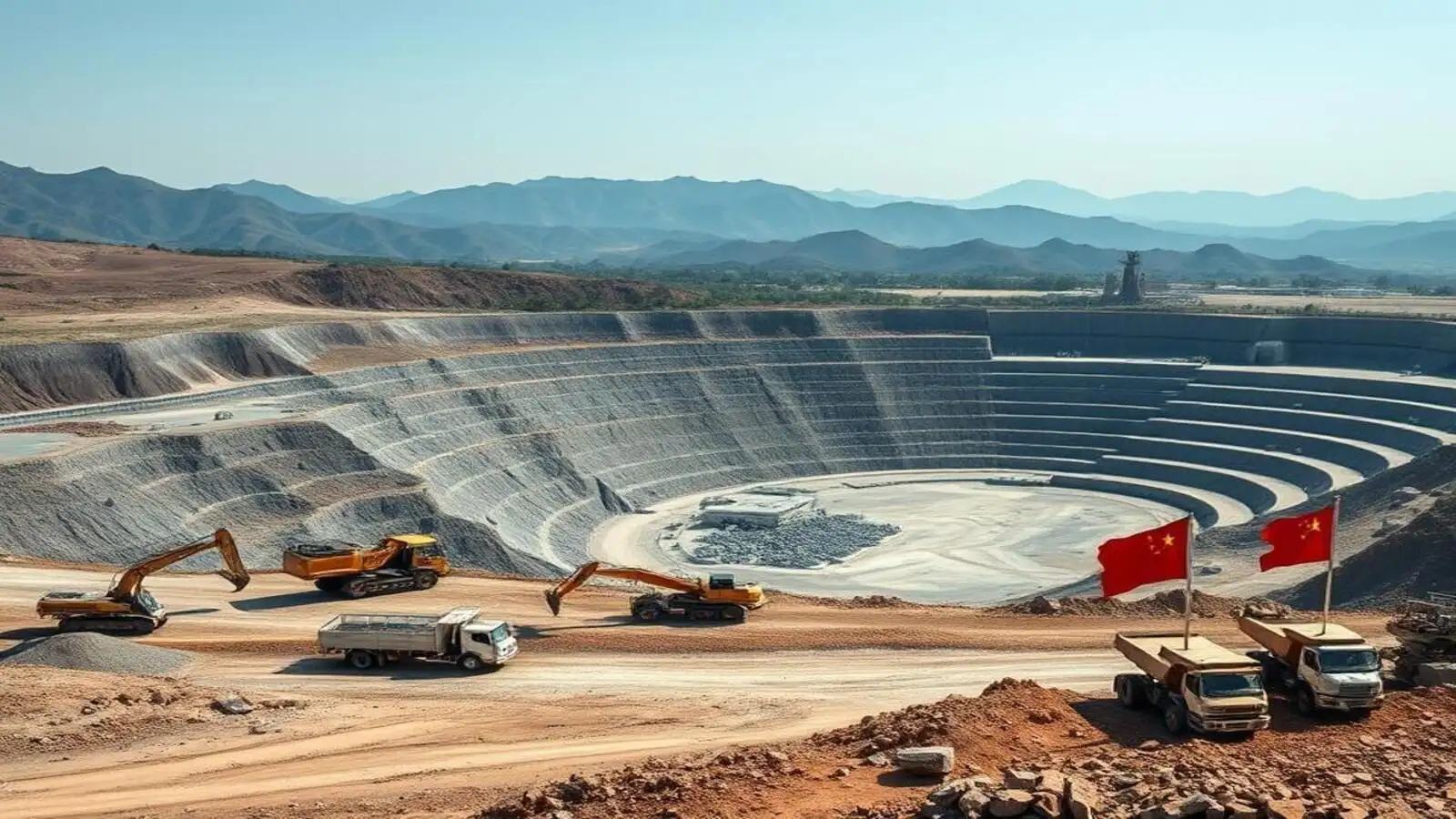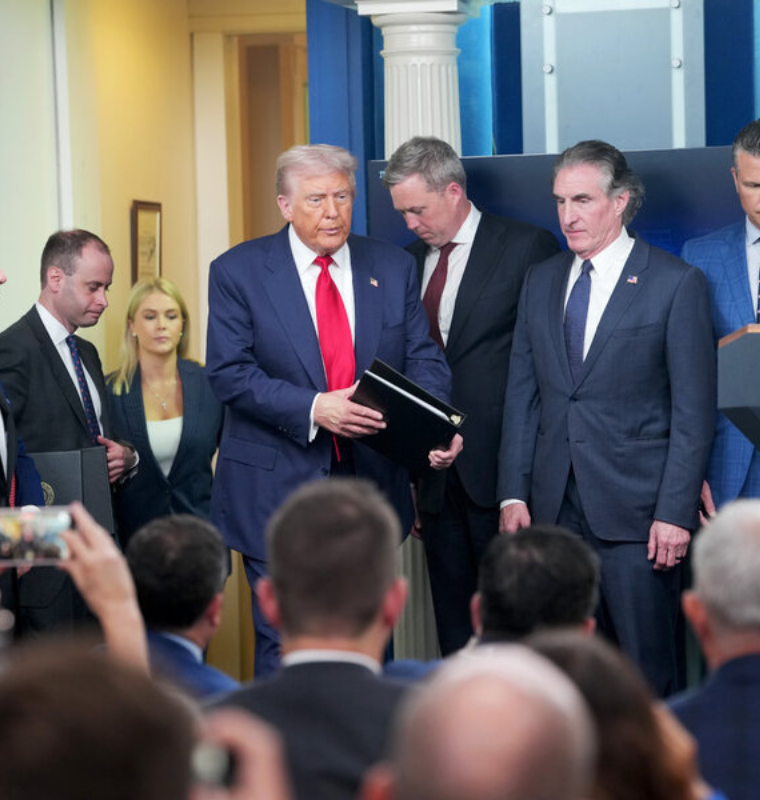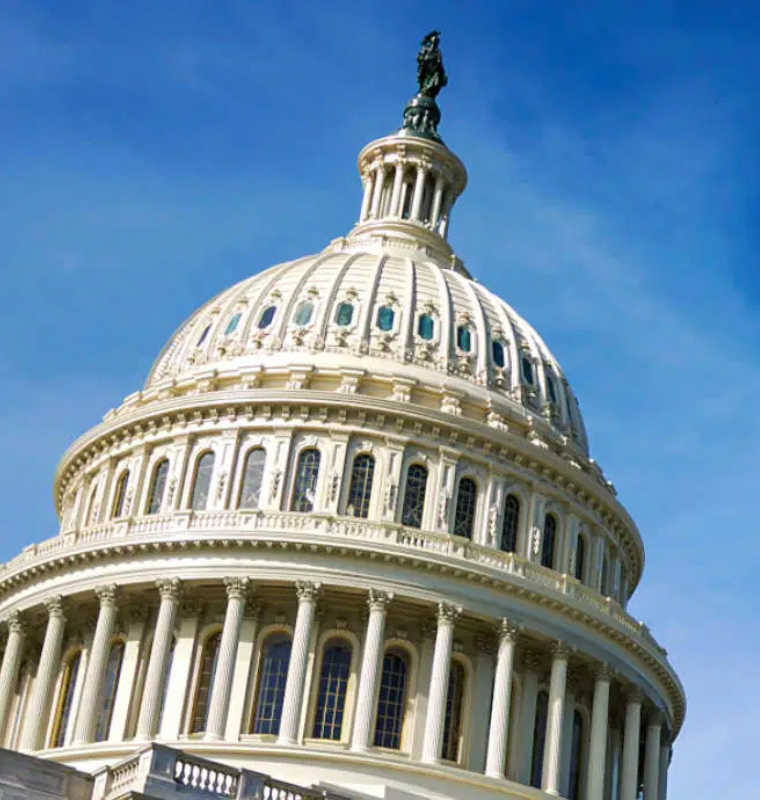U.S. Races to Secure Rare-Earth Magnets as Imports from China Skyrocket 660% in One Month
U.S. Races to Secure Rare-Earth Magnets as Imports from China Skyrocket 660% in One Month
By
Rachel Steinberg
Last updated:
July 22, 2025
First Published:
August 6, 2025

Photo: The Economic Times
U.S. Demand for Rare-Earth Magnets Surges as China Loosens Export Curbs
The United States witnessed a staggering 660% surge in imports of rare-earth permanent magnets from China in June, as American companies scrambled to lock in supplies of the critical components following recent shifts in trade policy. According to data from China’s General Administration of Customs, the U.S. imported approximately 353 metric tons of these magnets last month, up sharply from just over 46 tons in May.
While still only about half the volume imported in June 2023, this sharp rise signals a renewed effort by U.S. businesses to shore up inventories amid lingering concerns over supply chain fragility.
What Sparked the Rush?
The spike in exports came just weeks after Washington and Beijing reached a preliminary trade framework that included easing some restrictions on rare-earth exports and rolling back limited U.S. tech export controls. This détente followed Beijing’s April decision to tighten licensing requirements for certain rare-earth magnets—an apparent response to the Trump administration’s escalating tariffs.
These magnets, made from rare-earth elements like neodymium and dysprosium, are essential in high-tech applications including electric vehicles (EVs), wind turbines, defense systems, and MRI machines.
China continues to hold a commanding 90% share of global rare-earth magnet production and refining—a strategic advantage that has prompted alarm among Western governments and industries alike.
Global Trade Snapshot: China’s Magnet Exports by the Numbers
- China’s total rare-earth magnet exports in June: 3,188 metric tons
- Up 160% from May
- Still 38% lower than June 2023
- Top destinations:
- Germany (largest recipient)
- United States (second-largest)
This global uptick in exports followed Chinese producers’ announcement last month that export licenses were being granted again, following a two-month slowdown due to policy uncertainty.
Shortages Hit Multiple Industries
The brief export freeze had severe ripple effects on industries reliant on rare-earth magnets:
- European auto parts manufacturers were forced to suspend production due to shortages.
- Tesla’s humanoid robot project faced delays. Elon Musk revealed in April that magnet scarcity had disrupted the rollout of Optimus, the company’s robotic initiative.
- Emerging sectors like robotics, EVs, and clean energy also reported material bottlenecks, further highlighting the global economy’s dependence on Chinese supply chains.
The U.S. Response: A Push for Independence
Faced with China’s control over the supply of rare-earth magnets, U.S. policymakers and corporations are racing to diversify their sources:
- Apple and MP Materials announced a $500 million partnership to build a rare-earth recycling facility aimed at strengthening Apple’s domestic supply chain.
- Government initiatives are pushing for increased rare-earth mining and processing within U.S. borders, although experts caution that such efforts will take years to mature.
Yue Wang, a senior consultant at Wood Mackenzie, emphasized the complexity of the issue:
“Rare-earth separation and refinement is an incredibly technical and capital-intensive process. China has a decades-long head start that won’t be easy to close.”
Trade Leverage and Geopolitical Dynamics
On CNBC’s “China Connection,” Peter Alexander of Z-Ben Advisors noted that the recent U.S. concessions on technology restrictions underscore China’s bargaining power in trade negotiations, particularly around strategic materials.
Despite the current wave of rare-earth exports, industry leaders and analysts are warning that long-term solutions will require greater resilience in the supply chain, reduced dependency on a single country, and significant investment in both innovation and infrastructure.
Final Thoughts
The recent surge in Chinese exports of rare-earth magnets is both a relief and a warning for U.S. manufacturers. While easing restrictions offer short-term stability, the broader issue of supply chain vulnerability remains.
With critical industries such as EVs, defense, and renewable energy hinging on access to rare-earth magnets, diversification, recycling, and domestic investment will be essential to ensuring the U.S. remains competitive—and self-reliant—in the years ahead.
Ask ChatGPT
Popular articles
Subscribe to unlock premium content
Disney’s Timeless Magic and How the Entertainment Giant Continues to Shape Culture and Innovation

Imran Khan’s Economic Missteps Amid Political Chaos in Pakistan

The Philippines’ Digital Shift How Remittances and BPO Are Fueling Growth

Disney’s Timeless Magic and How the Entertainment Giant Continues to Shape Culture and Innovation

Imran Khan’s Economic Missteps Amid Political Chaos in Pakistan

Disney’s Timeless Magic and How the Entertainment Giant Continues to Shape Culture and Innovation









